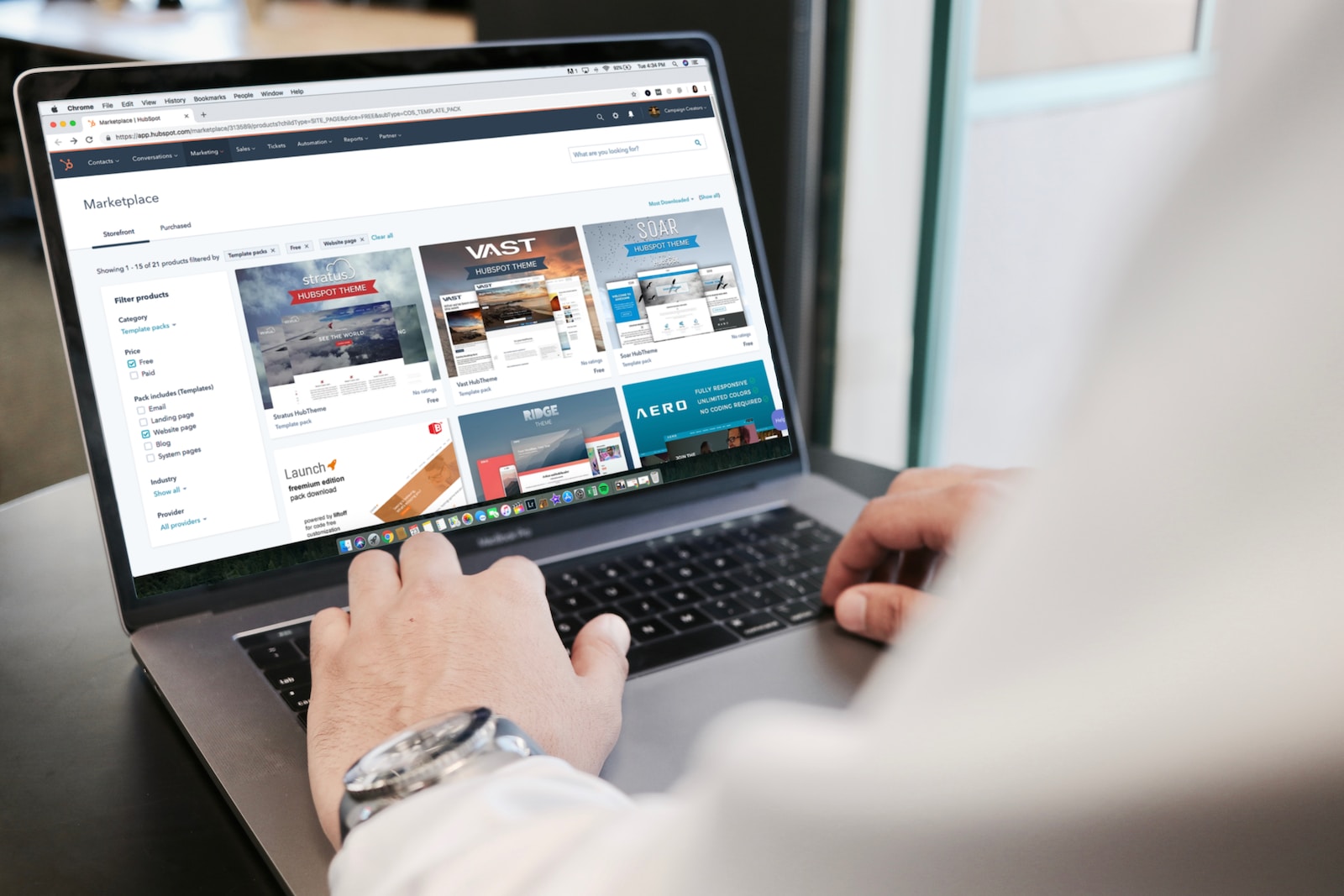Having a good website is important for a business to flourish. You should incorporate at least 7 essential elements of user-friendly website design to make visitors keep coming back to your site. These essential elements can help you create a great user experience that your visitors will surely appreciate.
1. Responsiveness and Compatibility
Nowadays, the majority of users prefer to use their mobile phones for their online transactions, especially when they are on the go. They can go online even when they are going to certain places away from home. That’s why it is necessary for your visitors to still see the same things on your website, no matter what device they use.
Your website must be compatible with different types of mobile phones. You should have a responsive website design that adapts well to any type of device, including mobile phones and tablets.
2. Accessible to Anyone
To say that a website is truly user-friendly, it should be accessible to all types of audiences, including the elderly, disabled, and blind. These visitors commonly use screen readers to go online. The web developer should take into consideration the font size, color contrast, and other things that can make it convenient and easy for all types of users.
3. Good Content Layout
Internet users usually skim through the content rather than read each entry. When they think that they have found something worth their time, they will start reading the entire content. Your content should be easy to scan, and make sure that your readers will be able to see what they are looking for via the headings and subheadings. It is important to use headings and subheadings that summarize the content at a glance. Avoid using misleading titles and subheadings just to bait your audience.
4. Fast-Loading of Pages and Keeping Things Simple
People like to get the information they need from the net in a fraction of the time. A user-friendly website should be able to meet the need for speed of the users. It should only take between 2 and 4 seconds to load a page, although a maximum of 6 seconds can still be considered acceptable.
You need to keep everything simple, including the forms, to speed up the loading time. Providing simple and usable forms can minimize manual entry and create a more pleasurable user experience.
5. Easy Navigation
Your website should be easy for users to navigate. Your visitors should be able to find their way without going through the different sections just to make sure they are on the right track. Try to limit the items on your menu to avoid a messy website appearance. The labels or names of pages should clearly tell the users what to expect when they visit that particular page.
6. Appropriate Handling of Errors
It is inevitable for users to click on something that they are not supposed to, which leads them astray. However, displaying the right error message can help users understand what went wrong and get themselves back on track. Providing the right error message and suggestions on how to go back to where they were can help enhance the overall usability and user experience. It also helps if you have clear CTAs (calls to action) that are also user-friendly.
7. Keep the Users Engaged
To keep your visitors engaged as they navigate through your website, you need to make sure that some of their actions will get a sort of response. The responses or interactions can help the visitors see their progress as they answer surveys or fill up the forms, help them decide, or initiate action via prompts. Popup animations proved to be effective in keeping the users engaged.
You should really know your audience to learn the things that can make your website effective and make the visitors stay for a long time.
Don’t forget to include these essential elements of user-friendly website design so you can provide a great user experience.

